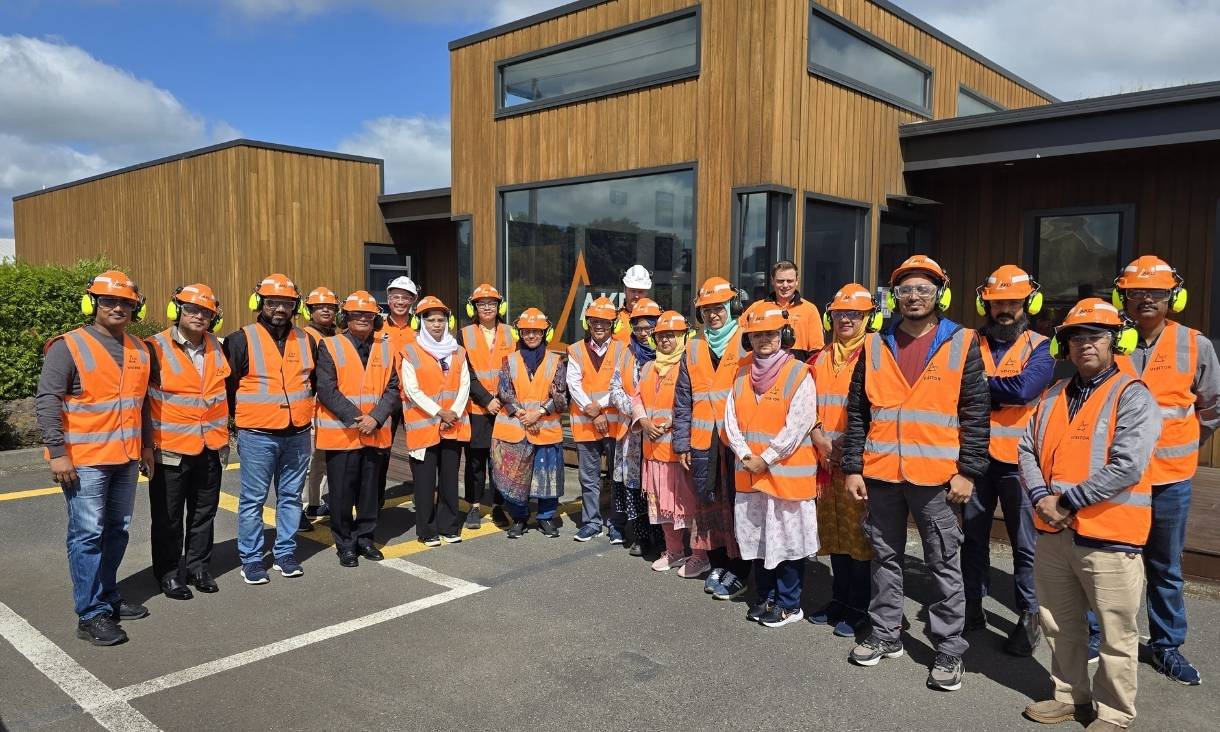Dr Julian Waters-Lynch
“Many Australians have wanted to move from a capital city to a lifestyle town but work remotely in a city-funded job. The pandemic has made that more achievable.
“During the pandemic, an average of 127 people a day were leaving Melbourne for regional areas, and almost 12,000 people moved to the regions between June and September – this will have notable effects on the regions and possibly on Melbourne too.
“The pandemic greatly accelerated many trends that were already happening, for example e-commerce experienced the same amount of growth in three months as the past 10 years.
“Many studies find that people enjoy the autonomy and are no less productive working from home, but psychological and social isolation are often raised as long-term issues.
“This is why Working Near Home (WNH) rather than just Working From Home (WFH) could be part of the new model, where people have access to a satellite office within 20 minutes of where they live.”
Dr Julian Waters-Lynch is a lecturer in innovation, entrepreneurship and organisational design in the School of Management at RMIT University. He is currently part of a new research project studying ‘E-Change and Remote Work in Australia’, which will seek to offer recommendations on how to best support digital inclusion for regional and remote households and businesses.
Dr Todd Denham (0434 859 745 or todd.denham@rmit.edu.au)
Topics: commuting, high speed rail, regional population and employment, regional economies
“The ABS data indicates migration out of the major cities, but the numbers are still small in the context of metropolitan populations. We need to see if this continues as life in our cities returns to something like normal.
“Working from home is likely to increase, but not replace commuting entirely. This will limit how far out of the cities people will move.
“It is likely that the population growth will be in the regional communities that are already growing as a result of recent increases in commuting.
“We need to consider the impact on regional communities of metropolitan workers moving in. Increasing house prices in regional areas may decrease affordability for lower-paid regional workers.
“At the same time, there may be more jobs, but the question is what type of jobs are being provided and what are the opportunities for regional residents.
“Population growth in regional communities can create jobs in retail, hospitality and population-based services such as schools and hospitals.
“Governments need to consider how the interest in regional relocations can be harnessed to provide better outcomes for regional communities.”
Todd Denham is a researcher at RMIT’s Centre for Urban Research. He is an economic geographer whose research focuses on the distribution of people and employment and the outcomes of infrastructure development.
***
For media enquiries, please contact RMIT Communications: 0439 704 077 or news@rmit.edu.au



